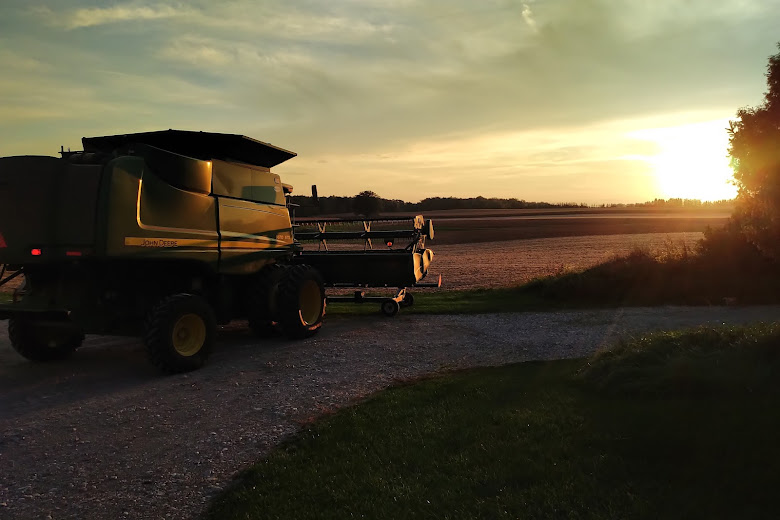The valve installation work is being required by the National Energy Board (NEB) as part of the Line 9 oil pipeline reversal project, and Enbridge alleged that the work is time-sensitive - there is no time to waste in getting the protesters off the site. Enbridge's evidence provided: "A project of this magnitude involves the organization and deployment of extensive resources and expertise. The timing and execution of the project cannot be dictated by persons who do not understand or respect Enbridge's safety and operational protocols. Enbridge cannot proceed with the required and time-sensitive Valve Installation with Trespassers on the site."
In reviewing the motion (in which the only party present was Enbridge), Justice E.M. Morgan commented:
While property rights and economic interests are important in the Canadian legal system, so are rights of expression. I agree that the time, place, and manner of expression can be tempered by competing rights, see Committee for the Commonwealth of Canada v Canada, 1991 CanLII 119 (SCC), [1991] 1 SCR 139, and that generally “[p]ersons are free to engage in political protest of that public nature, but the law does not permit them to do so by engaging in civil disobedience through trespassing on the private property of others…” Canadian National Railway v Chippewa of Sarnia First Nation, 2012 ONSC 7348 (CanLII), 2012 ONSC 7348, at para 23. Nevertheless, there must be some reason other than the unilateral claim to property rights to deprive otherwise non-violent protesters the right to be heard.
Here there is an economic imperative to the timing of the motion, but there is no safety imperative that created the short timeline and that made notice of the Application impossible. The valve installation has a safety motivation as evidenced in the National Energy Board report, but that is a long term concern due to the upcoming changes in the oil flow, not an immediate one.
Justice Morgan questioned Enbridge about why it had not given notice of its motion to the protesters, given that there was not safety imperative involved. Enbridge explained that it is faced with adversaries that are difficult to identify - a "shifting group of individuals". In the end, Enbridge was granted its injunction to permit the expulsion of the protesters, but for a duration of only 10 days. After 10 days, Enbridge would have to return to the Court either in London or in Woodstock (not in Toronto, where the original motion was heard) to extend the injuction on at least 3 days' notice to the protesters.
With respect to the right to be heard, Justice Morgan stated: "It is important that the protesters’ right to be heard be a realistic one, and that notice of a new hearing date either be disseminated before the protesters disband or be announced in a way that is likely to come to their attention. It is not the purpose of an ex parte injunction to stall the proceedings so that the Applicant’s opponents fade away without being heard in court."
Read the decision at: Enbridge Pipelines Inc. v. Jane Doe.


No comments:
Post a Comment